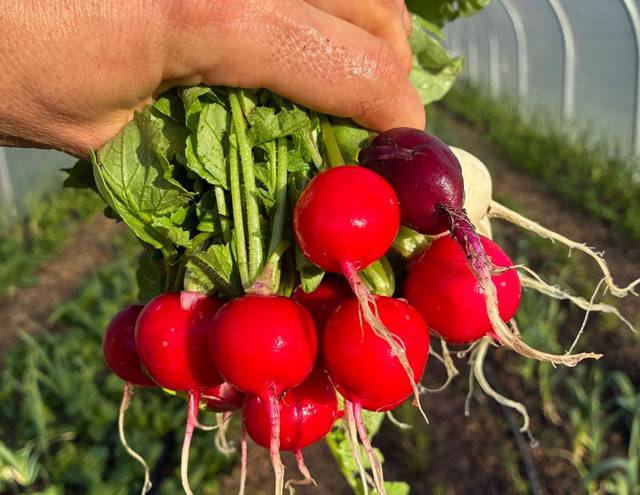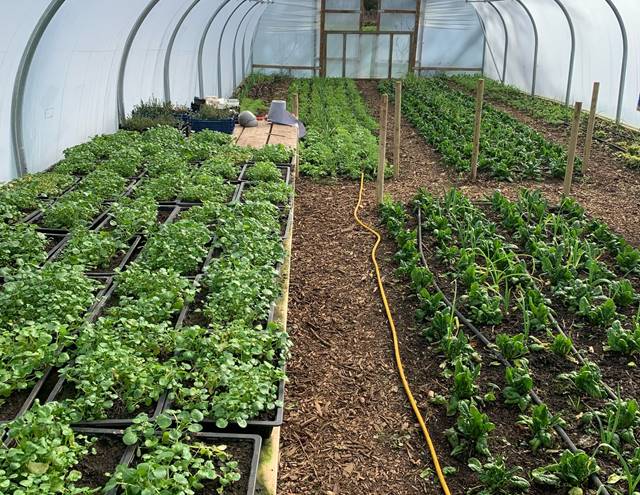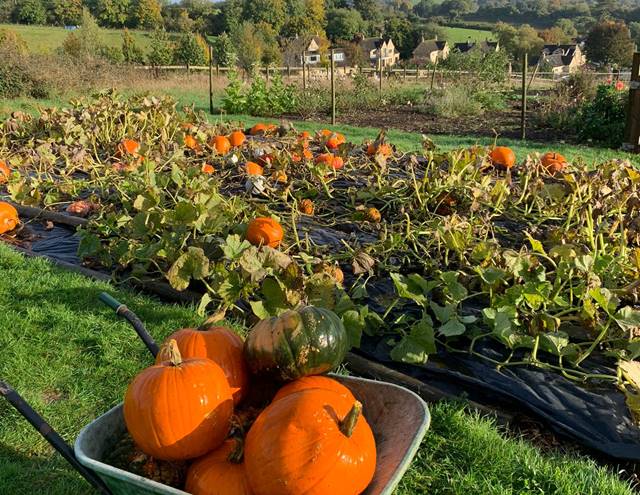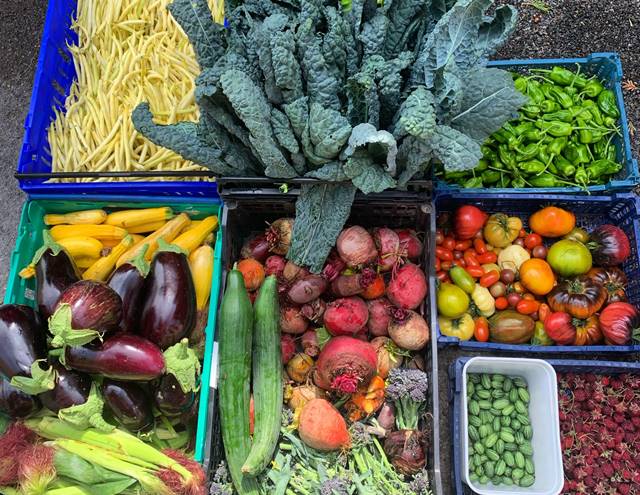There’s something deeply joyful about eating food at its very best. Think of melon on a searing hot day, Brussels sprouts in cold December, and right now, nothing beats roasted pumpkin. Or better yet, it's more culinary superior cousin: the winter squash.
It’s not just about flavour at its peak, though that’s certainly part of it. It’s about a time, a place, and the memories wrapped up in every bite. Take the Crown Prince squash, roasted until its flesh turns caramelised - almost like crème brûlée - the perfect dinner after a day outside in the cold air with the autumn sun on your face. I look forward to it each year.

There are the ‘Halloween’ pumpkins, too, of course. These are primarily for the Halloween display and the hotel's front entrance, which becomes increasingly extravagant each year. The dry summer resulted in a depleted yield. The plants shot up fast in June, set few fruits in July when it began getting dry, and the foliage began to fade by August. We topped up from a local farm shop to meet the hotel’s ever-growing pumpkin needs. As ever, the choice of variety we grow from seed always has the best character.

October marks a real turning point in the kitchen garden. There’s still plenty to harvest as crops are reaching their final stages, but growth slows as daylight drops below ten hours. I can feel the same in myself - slower mornings, less energy. The long, light-filled days of summer gave me endless drive; now I find myself lingering under the duvet a little longer.
The biggest job in the garden this month is transforming the polytunnel from its summer look to its winter one. Down come the tomatoes, peppers, and cucumbers. It’s a bit like taking down the Christmas decorations in January - It’s a little sad, but I’m always glad to tidy up, reset, and move on. In their place, we transplant the low-to-the-ground crops: spinach, parsley, chervil, chard, and a mix of winter salad leaves - wild rocket, claytonia, and mustard types leaves from the brassica family.
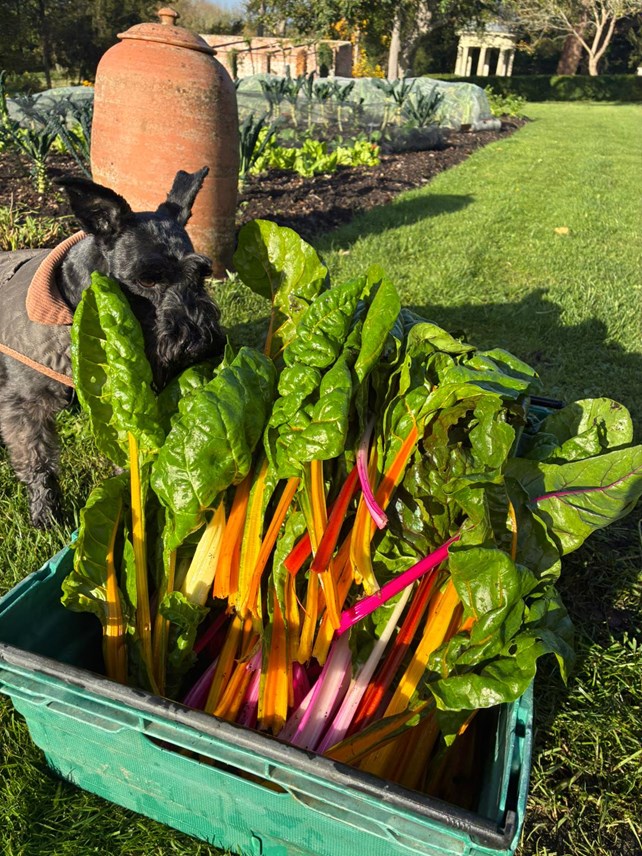
Timing the sowing of these winter leaves is crucial. Too soon and they’ll bolt before autumn’s out; too late and they’ll stay as seedlings before spring. I’ve found the second week of September works well, but you must treasure those seedlings - you won’t get many second chances - as I learned the hard way when a bird got into the tunnel and overturned hundreds of spinach seedlings in search of seed. It was a blow, and the resown batch hasn’t quite caught up, but there are always other crops to fill the gaps.
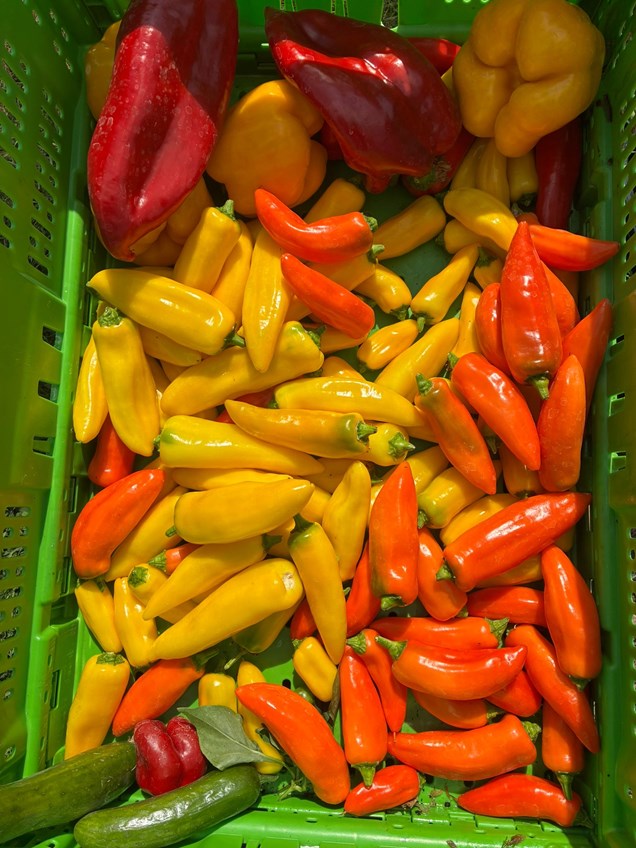
Between these seasonal changeovers, we like to squeeze in a cheeky crop of pak choi and radish where the melons once grew. Those have now been harvested and replaced again with winter leaves. We did the same in spring, making the polytunnel an incredibly productive space - some beds yielding up to six different crops across the year. To keep that level of productivity, we feed the soil well with a thick layer of homemade compost twice a year.
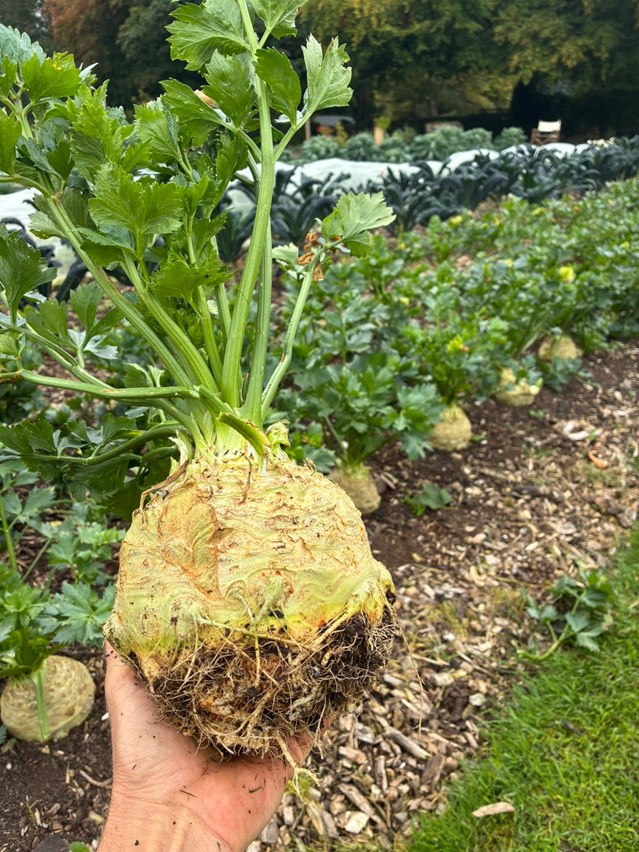
Garlic is the only edible crop we sow for the rest of the year. We save cloves from our June harvest - some planted in the tunnel, some outside. The indoor garlic always grows bigger and stays healthier. You can plant supermarket garlic, but you’ll have better success with varieties from a seed company, as they haven’t been treated with growth inhibitors.
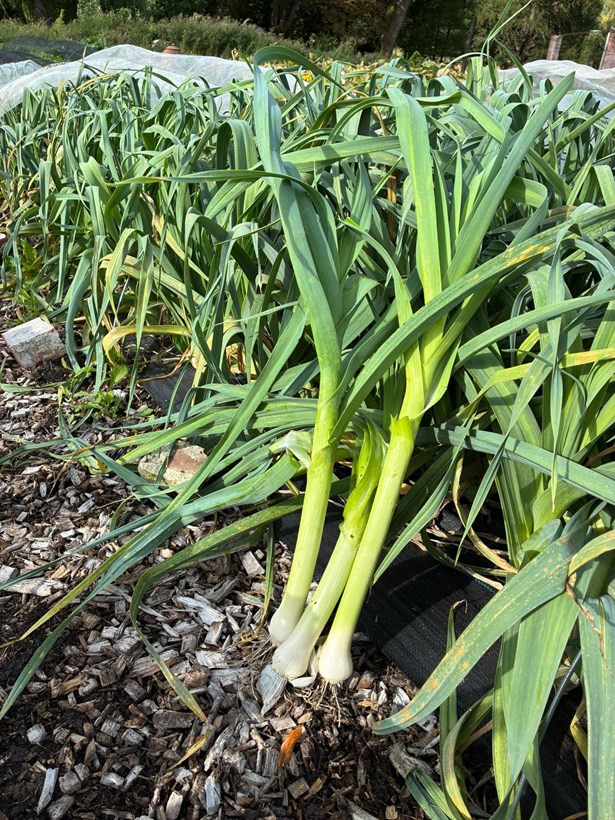
The other thing we sow in winter is ranunculus for cut flowers. They grow from strange, spider-like corms (essentially swollen underground stems) again saved from our spring crop. We soak them to rehydrate before sowing in well-draining compost/soil, either in the tunnel beds or in containers, ready for beautiful spring blooms just after the daffodils fade.
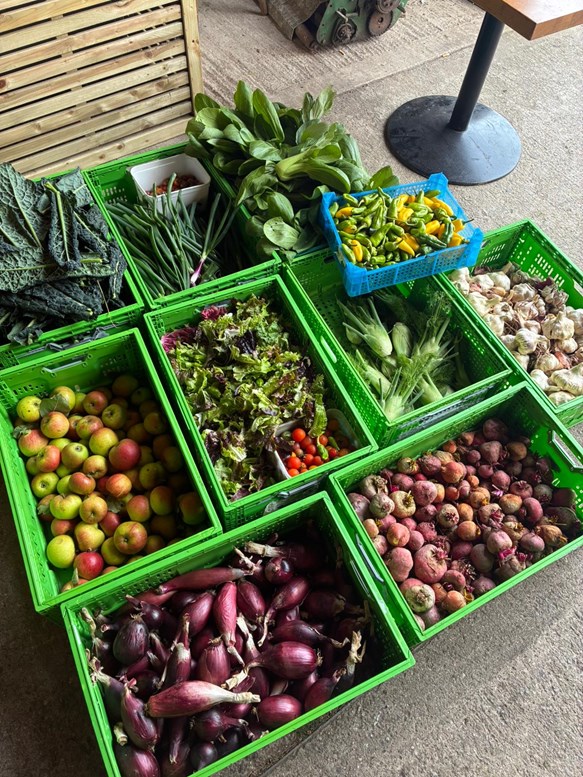
Other seasonal delights heading to the kitchen are colourful and bitter radicchio, earthy celeriac, leeks, carrots, savoy cabbage, spinach, and every chef’s favourite brassica - cavolo nero. Guests are often surprised that we’re still harvesting this time of the year, but in truth, we’re only just on the tail end of peak season. All that summer sowing is paying off now and will continue to do so through the colder months — before we do it all again next year.
My new recipe is up - Pumpkin sticky toffee pudding
Until next time…
Darren Stephens
Chef-Gardener, Homewood






